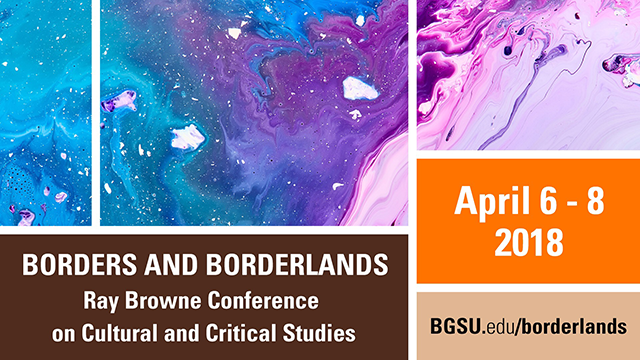
Concurrent Panel Session Seven
Embracing Monstrosity: Ms. Marvel and the Intersectional "Embiggening" of Comic Spaces
Start Date
7-4-2018 4:00 PM
End Date
7-4-2018 4:50 PM
Abstract
Kamala Khan, created by G. Willow Wilson, Adrian Alphona, and Sana Amanat, is a different sort of monster. This monstrousness is made visible through her ability to deform and transform her body. As a teenager, woman, and Muslim of Pakistani-descent, her intersectional identities act as points of conflict in her interactions with others, as well as the construction of her internal identity. The monstrousness represented in Ms. Marvel bridges the digetic – the comic narrative - and non-digetic spaces - comic book stores, conventions, and digital spaces when online identities indicate Othered races, cultures, or genders. Kamala’s body becomes the site of the monstrous identity imposed on her, just as the bodies of non-traditional readers mark them as monstrous in traditionally white and male comic spaces. Ms. Marvel allows an identification which embraces difference as “normal” and empowering.
The text and visual narratives illustrate Kamala’s struggle with constructing her identity in a white male patriarchal space. Kamala’s superhuman abilities exhibit as a form of body horror. Alphona presents traditionally and realistically proportioned figures alongside figures with exaggerated/cartoon proportions and features, equalizing the normal and abnormal, and highlighting the artificial construction of those distinctions. Her intersectionality is read as monstrous, but Kamala’s acceptance of her identities shifts the meaning of that monstrousness. Rather than her powers representing deformity or horror, they represent the flexibility and adaptiveness of intersectional identities.
Embracing Monstrosity: Ms. Marvel and the Intersectional "Embiggening" of Comic Spaces
Kamala Khan, created by G. Willow Wilson, Adrian Alphona, and Sana Amanat, is a different sort of monster. This monstrousness is made visible through her ability to deform and transform her body. As a teenager, woman, and Muslim of Pakistani-descent, her intersectional identities act as points of conflict in her interactions with others, as well as the construction of her internal identity. The monstrousness represented in Ms. Marvel bridges the digetic – the comic narrative - and non-digetic spaces - comic book stores, conventions, and digital spaces when online identities indicate Othered races, cultures, or genders. Kamala’s body becomes the site of the monstrous identity imposed on her, just as the bodies of non-traditional readers mark them as monstrous in traditionally white and male comic spaces. Ms. Marvel allows an identification which embraces difference as “normal” and empowering.
The text and visual narratives illustrate Kamala’s struggle with constructing her identity in a white male patriarchal space. Kamala’s superhuman abilities exhibit as a form of body horror. Alphona presents traditionally and realistically proportioned figures alongside figures with exaggerated/cartoon proportions and features, equalizing the normal and abnormal, and highlighting the artificial construction of those distinctions. Her intersectionality is read as monstrous, but Kamala’s acceptance of her identities shifts the meaning of that monstrousness. Rather than her powers representing deformity or horror, they represent the flexibility and adaptiveness of intersectional identities.

